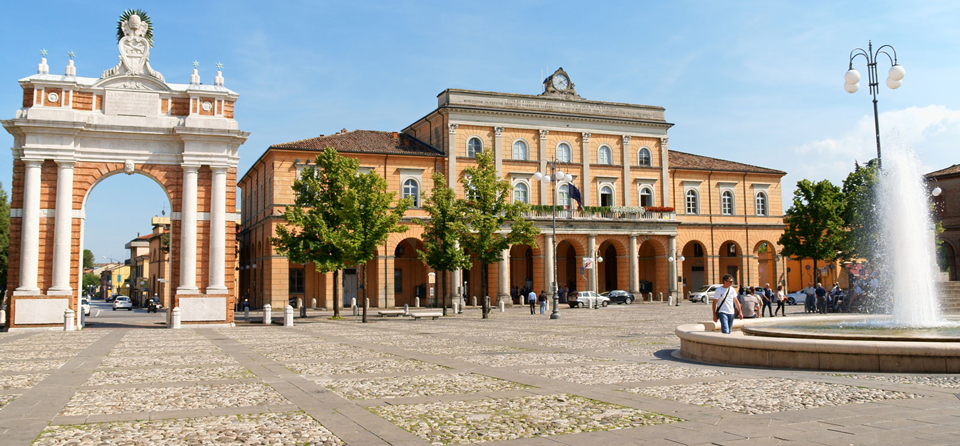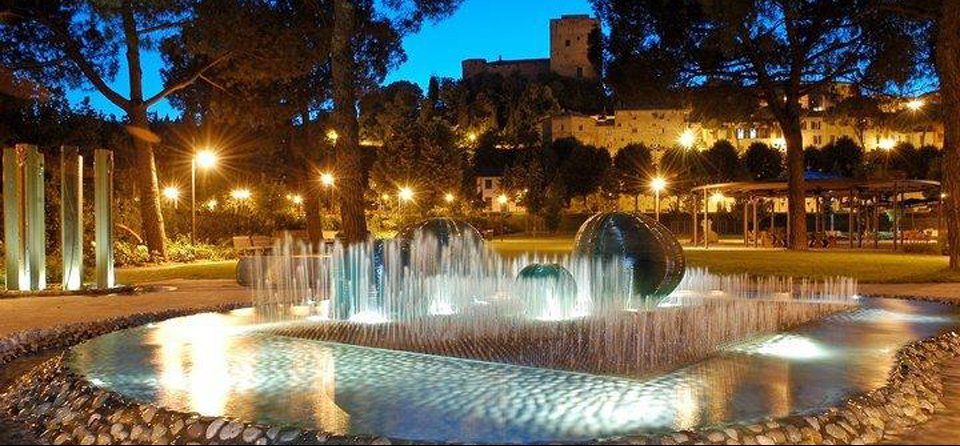- Phone: +39 0541 624270 Tourist information
- Phone: +39 0541 356356 Town hall tourist information
- Facebook: @ComunediSantarcangelodiRomagna
- Web: Official website
- Email: Town hall tourist information
- Email: I.A.T. - Pro Loco Tourist information
Santarcangelo di Romagna
Member of the Italian National Network
Santacangelo is an attractive and important little town which has kept its own particular features and has maintained strong links with its past and its traditions. The old town centre is a lively place of well-kept houses and mansions, excellent restaurants and wine bars, narrow streets leading to little squares where there is always something going on. The atmosphere is that of a large village where life has kept its rhythm and its identity; visitors at once sense a "town" atmosphere which can only be Romagna.
Main monuments:
Ganganelli Square
Dedicated to Antonio Vincenzo Ganganelli born in Santarcangelo and elected Pope in 1769 with the name Clemente XIV (1705-1774). In his honour, the Triumphal Arch (1772-1777) was designed by the architect Cosimo Morelli. In front of the Arch there is the Town Hall of the mid 1800s, built on designs by Giovanni Benedettini.
Monumental Public Grotto
Santarcangelo's hill is characterized by the presence of 150 grottos, dug in sandstone and clay in the past centuries. Documents witness that they were used to preserve wine, but the origin and the reason why some of these grottos were built with extraordinarily complicated architectures are still discussed today. Ask the IAT Office for the visit.
Porta Cervese
Gateway to the medieval village, part of the second town walls which were built by Carlo Malatesta at the end of the XIV century and then fortified by his nephew Sigismondo Pandolfo in 1447.
Monte di Pietà
Built in the XVII century, it was originally meant to be a private residence and then passed to the Congregation of Charity; until the first decades of the 1900s it was the site of the Monte di Pietà, a corporation that helped the needy. The rooms, with elegant and sober architectonic lines, are now used for cultural events.
Musas - Historic and Archaeological Museum
The museum collects heterogeneous objects illustrating the town's social and religious past, from prehistory to the XIX century. Among the most important pieces there are Jacobello di Bonomo's polyptych (1385) and precious religious furnishings which belonged to Pope Clemente XIV. This treasure is housed in the splendid setting of Palazzo Cenci (XVII-XVIII cent.).
Collegiate Church
Built between 1744 and 1758 by the architect Giovan Francesco Buonamici from Rimini, the church contains many works of art. Among these: above the entrance portal Gaetano Callido's wooden organ (1779); on the second altar on the left a canvas painted in 1635 by Guido Cagnacci (Santarcangelo 1601- Vienna 1663) representing St Joseph, St Eligius and Jesus; in the transept on the right a Crucifix of the fourteenth-century Rimini School. At the end of the church, on the left, a chapel (1821) houses the relics of the Blessed Simone Balacchi (died in 1319).
Malatesta Fortress (private property of the Colonna family)
Built on previous remains, the fortress is made of the keep (1386) and of a structure with three polygonal bastions completed by Sigismondo Pandolfo Malatesta in 1447 according to the epigraph beside the main entrance. Inside, a beautiful courtyard with a medieval cistern and three halls with seventeenth-century ecclesiastical furniture coming from San Romualdo Church in Ravenna.
Sferisterio
Built at the end of the XVIII century in the shelter of the town walls as a field to play the ancient ball game "pallone al bracciale" and now used for the game of "tamburello".
Marchi's printing workshop
Historic workshop where the traditional rust-printed fabrics are still produced. Inside, a rare mangle (1633) is still used to mill canvases.
The Fountains by Tonino Guerra for Santarcangelo
The brilliance of the poet born in Santarcangelo is translated in the spouting fountains: in Ganganelli Square a fountain with a circular tank, at the entrance of the Campo della Fiera "The submerged Park" and next to it "The stone Flowers", sparkling columns of water.
Campo della Fiera - The Park
Even its name tells the strong links with the original function of a forum boarium (cattle market) and with the centuries-old tradition of fairs. Particularly suggestive is the panorama embracing part of the old city centre surrounded by the malatestian walls, from the imposing Fortress to the Collegiate Church.
Piazzetta delle Monache
On this pretty square: the Monastery of the Saints Caterina and Barbara (XVI cent.) with the joined church (1738), Palazzo Cenci (XVII-XVIII cent.), the "Campanone" (bell tower, 1893) and the entrance to one of the five monumental grottos, which is private but can be visited. Ask the IAT office for the visit.
MET - Ethnographic Museum of the People of Romagna
"The Hut of the Memory", as it is called by the poet Tonino Guerra, houses objects and tools from the culture and rural civilization of the people of the area.
Parish Church of St Michael Archangel
The church, recalling the Byzantine Ravenna style, dates back to the VI/VII cent. It was built where the original village, the Pagus Acervolanus, rose; Acervolanus is Latin for "mounds of bricks" produced in the kilns of this area in the Roman Age.
The Button Museum (Gallavotti private collection)
8500 buttons "tell" historical events, characters and anecdotes from 1700 to 1900; also in exhibition the materials and their transformation and curios from the world.


